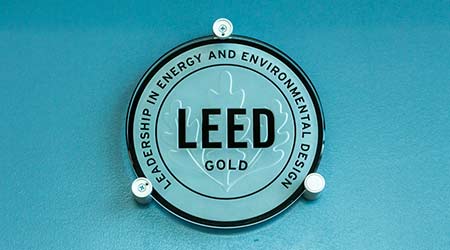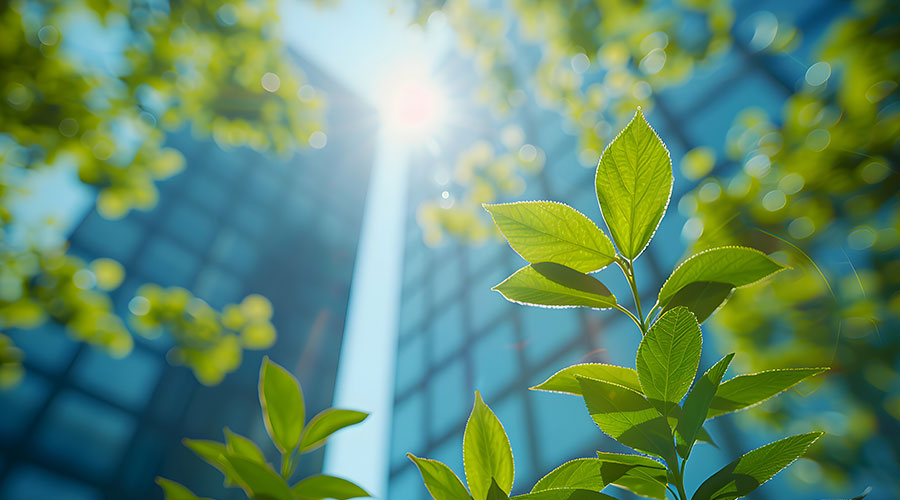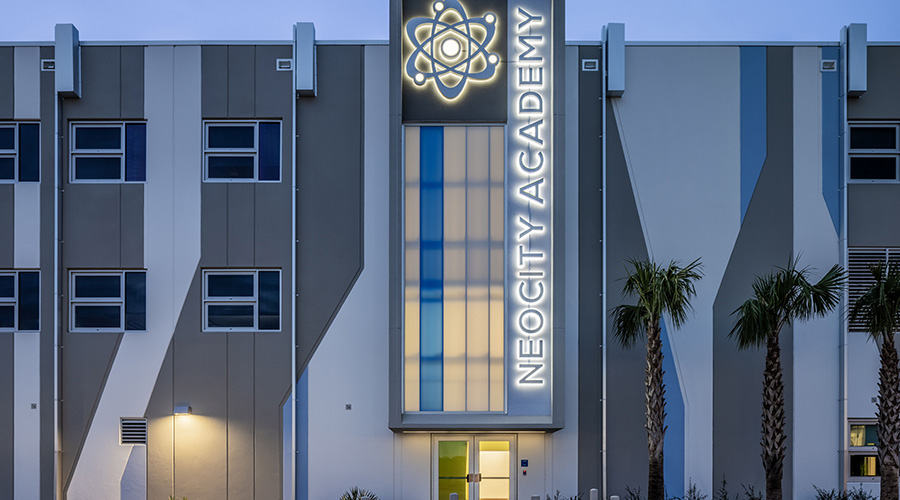USGBC Expands LEED Offerings
Several exciting new LEED programs have recently been announced. Here's what to look for in 2019.
Good news: Green building worldwide is poised to grow in the next three years. That’s according to the 2018 Dodge Data & Analytics World Green Building Trends 2018 SmartMarket Report, released last month. It’s also a good indicator for the continued development of LEED, which for nearly 20 years has helped change the way buildings are designed, constructed, and operated. But while LEED continues to push top performers, it’s equally important for all buildings to get on a path to sustainability and help raise the standard of living for people worldwide.
Healthier buildings have emerged as an important trigger for green building globally, according to the report, and improving occupant health and increasing productivity rank first and third, respectively, among social drivers for green building. Importantly, two thirds of survey respondents said that using a rating system allows them to create better performing buildings, and more than half say rating systems provide essential third-party verification.
Three years ago, when the landmark Paris Agreement was signed at COP21, USGBC said it would do its part by committing to reaching 5 billion square feet certified to LEED within five years. So far, more than 1.8 billion square feet has achieved LEED certification since the agreement was put in place, and to date, LEED accounts for more than 7.28 billion square feet of green building worldwide.
With the release of LEED v4.1 earlier in 2018, the focus shifted from simply designing for performance. Now it is set on not only maximizing the benefits of high building performance, but also aimed at lowering the barriers to action. By elevating the world’s existing building stock and prioritizing ongoing verification, building owners, designers, and occupants alike can be sure that their spaces are actually providing the benefits — like improved occupant health and productivity — they desire.
As the global rate of green building grows, rating systems must also adapt. With that in mind, here’s some of the biggest news about LEED to come out of Greenbuild 2018 in Chicago:
• LEED Zero Certification — LEED projects can achieve LEED Zero certification when they demonstrate any or one of the following: net zero carbon emissions, net zero energy use, net zero water use, or net zero waste. The program is open to all LEED projects certified under BD+C, ID+C, or O+M rating systems, or registered to pursue LEED O+M certification. Projects pursuing LEED Zero Waste must submit a TRUE Zero Waste Platinum certification. All other LEED Zero projects must provide 12 months of performance data for their desired category.
• LEED Recertification — All LEED projects — past, present, and future — are now eligible for recertification by providing 12 months of data that shows consistent or improved performance, using the most recent version of the LEED rating system. This recertification will be valid for three years and is an important step in ensuring that a green building is operating the way it was intended.
• LEED Transit Rating System — With LEED Transit, transit owners can reduce their environmental footprints while also educating riders on the importance of sustainability and the opportunity the public transportation sector has in minimizing global greenhouse gas emissions.
• LEED for Cities and Communities fully merges with STAR Communities — The STAR Community Rating System, which offers certification for sustainable communities, has been fully integrated into USGBC’s LEED for Cities and LEED for Communities programs. All localities previously STAR-certified or pursuing STAR certification will transfer into the family of LEED Cities.
Amanda Sawit is communications project manager, USGBC.
Related Topics:












